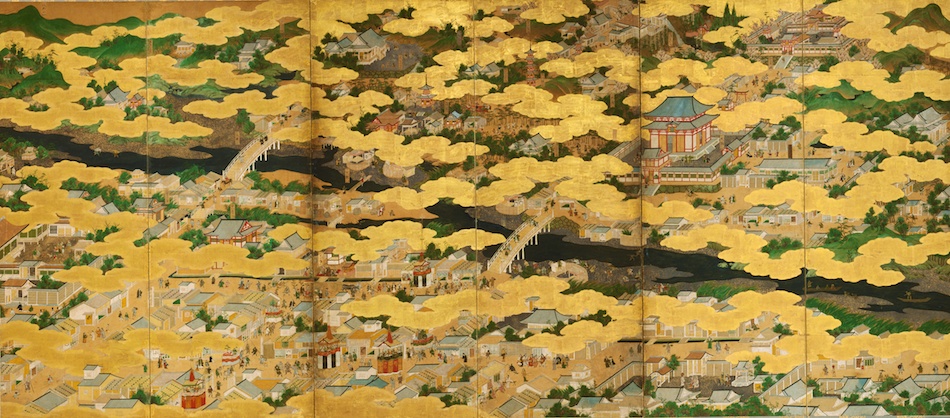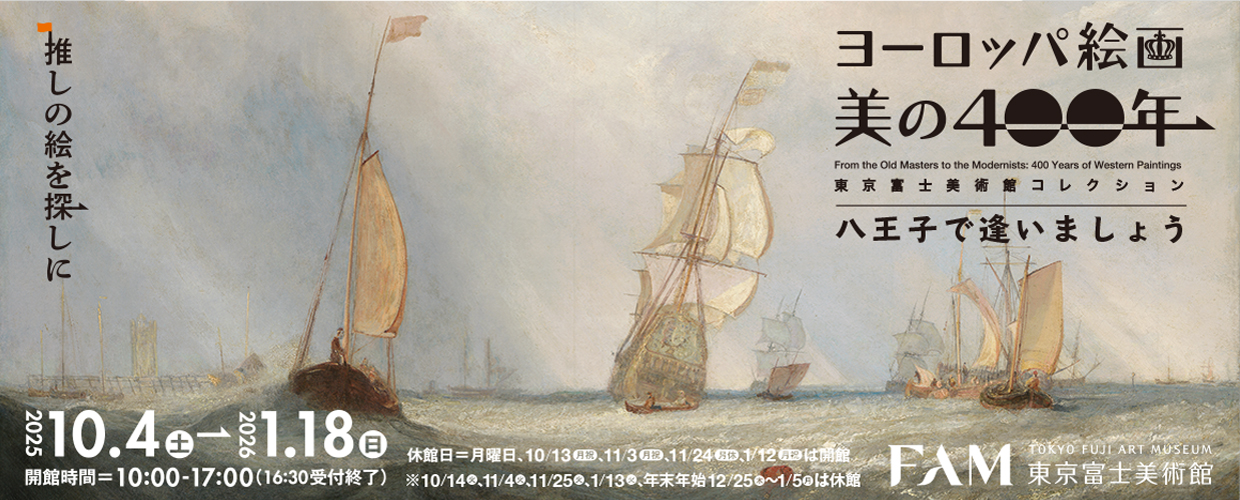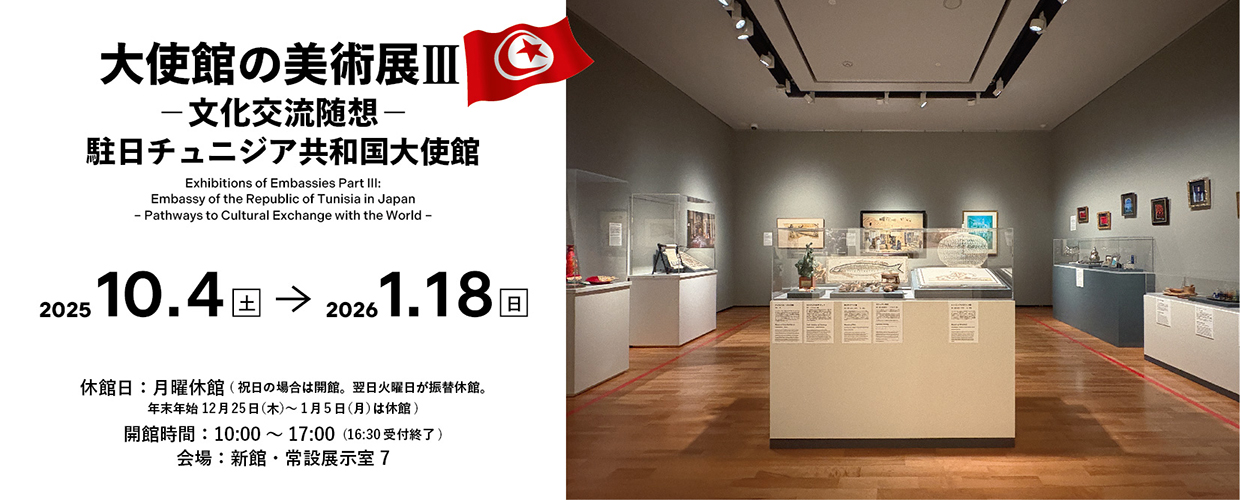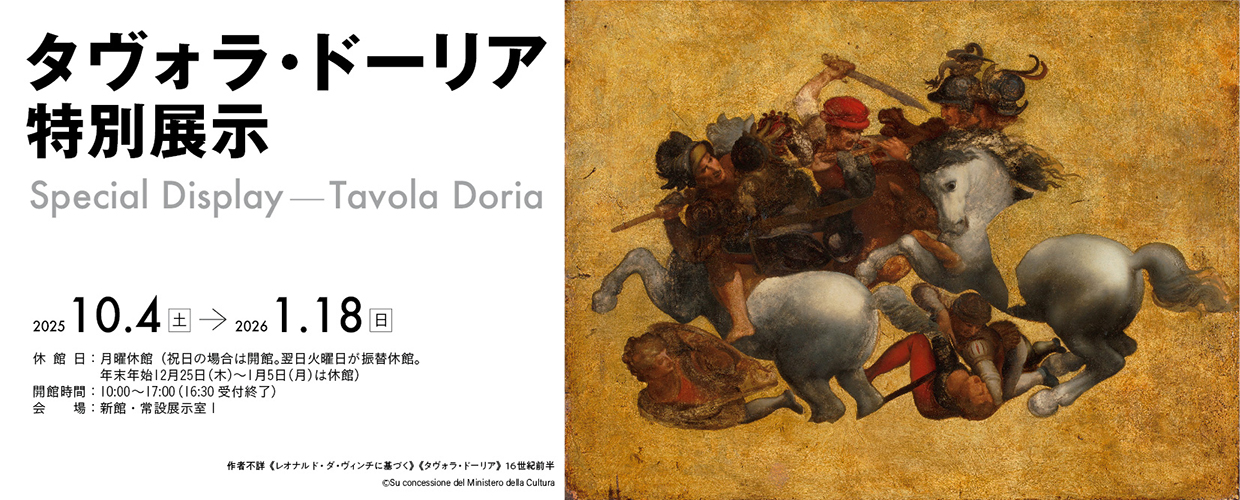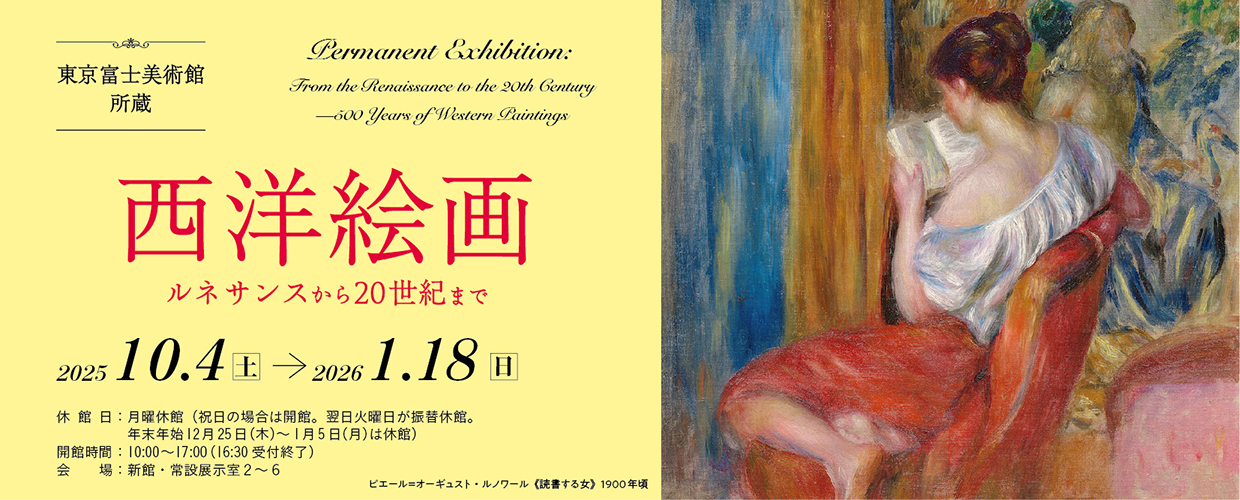Early Edo Period (17th c.)/Color on gold-leaf paper, pair of six-fold screens
154.4 x 353.2 cm (each)
SUMMARY
In and Around the City of Kyoto is a kind of genre painting which came into being in the late Momoyama period and continued to be painted until the Edo period. Famous places and historic sites within the city and the outskirts of Kyoto, as well as seasonal events and more are painted under a sweeping panoramic view. As was common, it is painted upon a pair of six-fold folding screens. Nijo Castle is painted boldly in the center of the left half, and on the right half is the Hoko-ji Buddha Hall, a reflection of Toyotomi’s influence. Beneath the hovering golden clouds, festivals and events such as the Gion Festival as well as the activities of the townspeople are vividly depicted, making this a vibrant piece that tells of the prosperity of the time.
ARTIST
Kano School
The largest school of Chinese-style painting in Japanese art history. Spanning about 400 years from the late Muromachi period to the beginning of the Meiji period, and played a major role in the history of painting. Its founder was Kano Masanobu, chief painter of the Muromachi shogunate. The school would later produce such excellent painters as Kano Motonobu and Kano Eitoku, and came to hold supremacy in painting circles. In the Edo period, the Edo Kano school which included artists such as Kano Tanyu. For generations, the school came to grant its painters guaranteed status as chief painters of the shogunate.
List of artworks by the same artist
INFORMATION
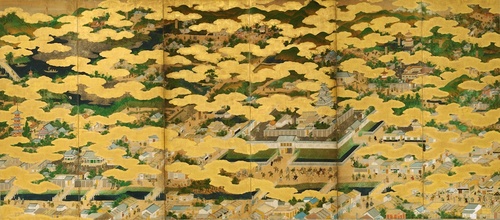
Friday, October 8 - Sunday, November 14, 2021
From the Tokyo Fuji Art Museum Collection: “THIS IS JAPAN” Eternal Japanese Art Oita Art Museum (Oita, Japan)
Sunday, August 25 - Sunday, September 29, 2019
This Is Japan In Kyoto From The Tokyo Fuji Art Museum Collection The Museum of Kyoto (Kyoto, Japan)
Saturday, March 24 - Sunday, May 27, 2018
OEDO EXHIBITION NAGASAKI Nagasaki Prefectual Art Museum (Nagasaki, Japan)
Friday, July 28 - Saturday, August 26, 2017
Edo Period Paintings 21st Century Museum of Contemporary Art, Kanazawa (Kanazawa, Japan)
Saturday, November 15 - Sunday, January 18, 2015
The Quintessence of Japanese Paintings Takasaki Tower Museum of Art (Gunma, Japan)
Saturday, October 12 - Sunday, November 24, 2013
The Quintessence of Edo Period Painting Nara Prefecture Complex of Man’yo culture (Nara, Japan)
Friday, May 1 - Tuesday, June 30, 1998
Treasures of Japanese Arts and Crafts—400 Years of Japanese Art from the Momoyama Period to Modernity National Dr. Sun Yat-sen Memorial Hall (Taipei, Taiwan)
Wednesday, September 17 - Sunday, October 19, 1997
Treasures of Japanese Art in Commemoration of the 100th Anniversary of the Amity of Japan and Chile National Museum of Chile (Santiago, Chile)
Monday, February 8 - Sunday, March 14, 1993
Treasures of Japanese Art from the TFAM Collection National Museum of Colombia (Santafe de Bogota, Colombia)
EXPLORE

You can search and browse content on a platform across museums and archival institutions nationwide, and create My Gallery (online exhibition).

You can view the work in High-resolution.

